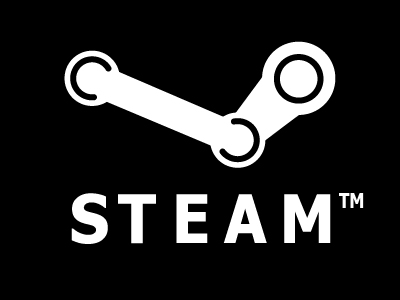Beta for Valve's Hardware Efforts Starting By 2013
Valve may start beta testing its hardware projects starting next year.
Engadget recently conducted an interview with Jeri Ellsworth of Valve Software who works in the studio's year-old hardware division. She revealed that recruitment is currently the primary focus, with prototyping taking a backseat.
Yet the growing team is also focused on making Steam games more fun in the living room – at least, that's the one year goal. How that will be achieved on a hardware level is still unknown, and Ellsworth was reluctant to spill company secrets despite her obvious excitement.
According to the interview, the hardware division is working in tandem with Steam's Big Picture Mode, creating a hardware solution to the control-based limitations found in many titles offered on Valve's Steam platform. Possibilities – again she wouldn't reveal what Valve was working on – range from Phantom Lapboard-type solutions to hybrid controllers. Nowhere in the interview were there signs of a possible Steam console.
Whatever Valve has up its sleeve, it sounds like gamers will have a chance to offer feedback on those designs, as the hardware team is planning a beta for its various products. Even more, the team is pushing to launch a beta for the company's first product in the coming year, meaning the Steam community will know more about this first attempt by the time those beta doors swing wide open in 2013.
If that wasn't enough of a tease, Ellsworth claims that internal beta tests are already underway, and that a variety of prototypes are available in the Valve office for employees to test. Once they pass the internal testing, the next step is to get them into the hands of potential paying customers through the beta programs. Valve reportedly has a production line for short runs which will make the hardware betas possible. These betas will be tied to Steam somehow, she said.
Gamers wanting to see what Ellsworth and her team are up to can check out this YouTube channel. The latest clip shows a resistive multi-touch pad prototype. "I made this video a while ago to show coworkers how multi-touch resistive touch pads could be built easily," reads her description. "It's slow pace is to carefully call out all of the manufacturing aspects."
The interview also briefly covers Valve's wearable computing initiatives. Ellsworth said that's a much longer-term goal, extending out two to five years before consumers will see any evidence, pending technology. To read the entire interview, head here.
Get Tom's Hardware's best news and in-depth reviews, straight to your inbox.

Kevin Parrish has over a decade of experience as a writer, editor, and product tester. His work focused on computer hardware, networking equipment, smartphones, tablets, gaming consoles, and other internet-connected devices. His work has appeared in Tom's Hardware, Tom's Guide, Maximum PC, Digital Trends, Android Authority, How-To Geek, Lifewire, and others.
-
edogawa I can't wait for that hat simulator!Reply
Seriously though, I sure want to see the end result; everything Valve does seems to be a success. -
dalethepcman On second thought, disregard, the above comment, my short lived dream would become a nightmare. While it would be awesome to have steam games on my Xbox for when I'm feeling lazy, I don't really want any more console likeness creeping into my PC experience than already has.Reply -
JBB-SaDo So maybe, a "console" with higher end components(like PC) vs Xbox which from what I hear have pretty weak specs....?Reply -
Just give us Half Life 3 and stop with the beating around the bush hoping for some hardware technological break through ! leave that for the apple sheeple.Reply
-
alidan a cheap pc console, ill beta thatReply
give me the vr headset and ill beta that too
seriously, whatever they want, whatever they make, im willing to sit down, do nothing, and play videogames for hours apon hours, to better either project.
